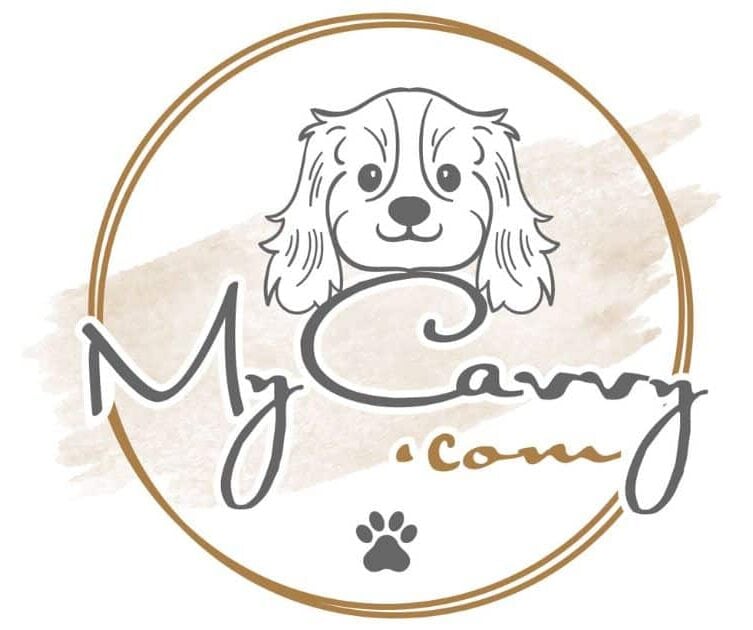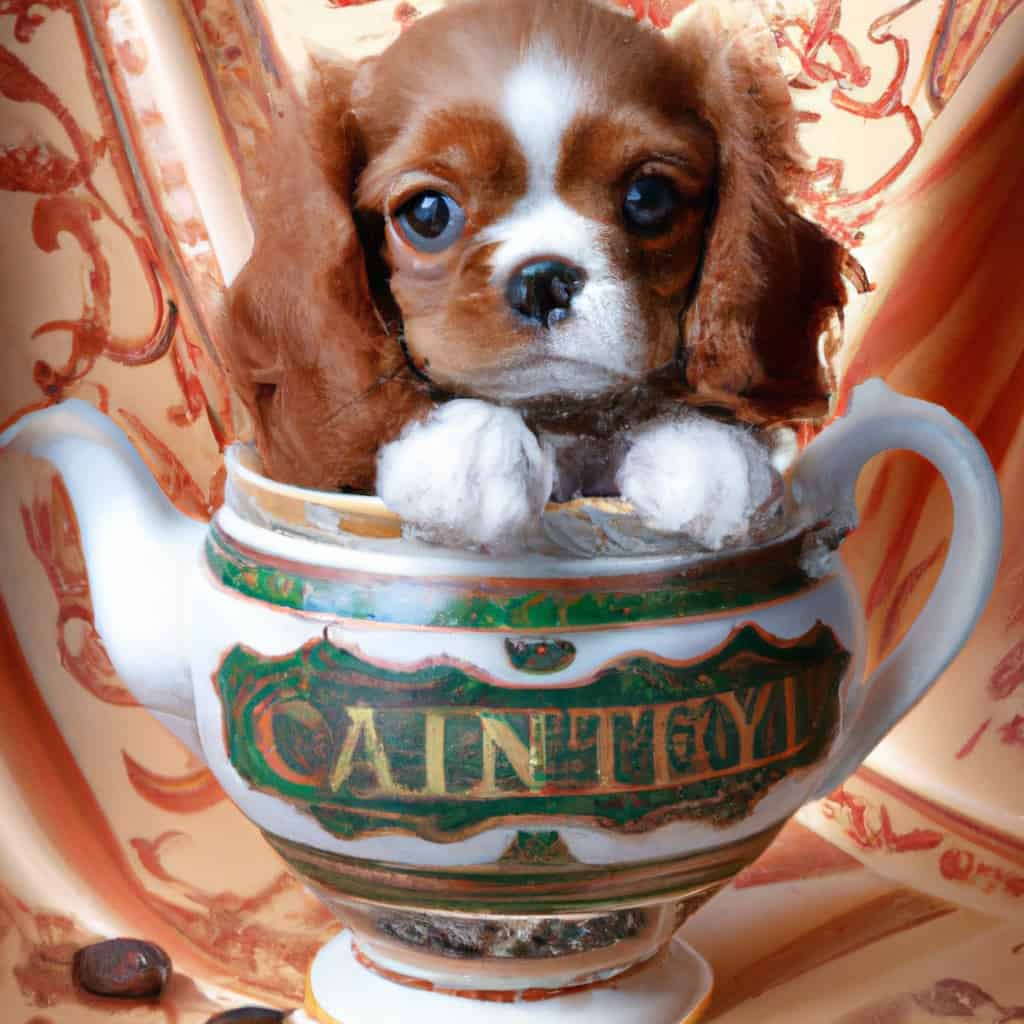Teacup Cavalier King Charles Spaniels are a smaller version of the popular Cavalier King Charles Spaniel breed. These toy-sized dogs have gained popularity due to their compact size, making them an attractive option for dog owners who want a smaller companion or do not have a lot of space.
While breed standards do not officially recognize the teacup variety, it shares many of the same qualities as its larger counterpart. These dogs are loving, intelligent, and loyal, making them great companions for families, seniors, and singles alike.
One challenge with breeding teacup-sized dogs is that they may inherit certain health issues related to their compact size. Potential owners must research reputable breeders and ensure proper health screenings for parents and puppies. This will help ensure your Teacup Cavalier King Charles Spaniel is healthy and enjoys a long, happy life.
Breed Description and Appearance
Regular Cavalier King Charles Spaniels
The Cavalier King Charles Spaniel is a small, elegant, and friendly breed. Their height typically ranges from 12 to 13 inches, and they usually weigh between 13 and 18 pounds.
Cavaliers feature a silky, medium-length coat with four distinct color combinations: Black and Tan, Ruby, Blenheim, and Tricolor.
The Black and Tan variety is characterized by a predominantly black coat with rich tan markings above the eyes, on the cheeks, inside the ears, and on the chest, legs, and underside of the tail.
The Ruby Cavalier showcases a striking, deep reddish-brown coat.
The Blenheim is marked by a pearly white coat with chestnut-colored patches, often accompanied by a distinct chestnut-colored spot on the forehead.
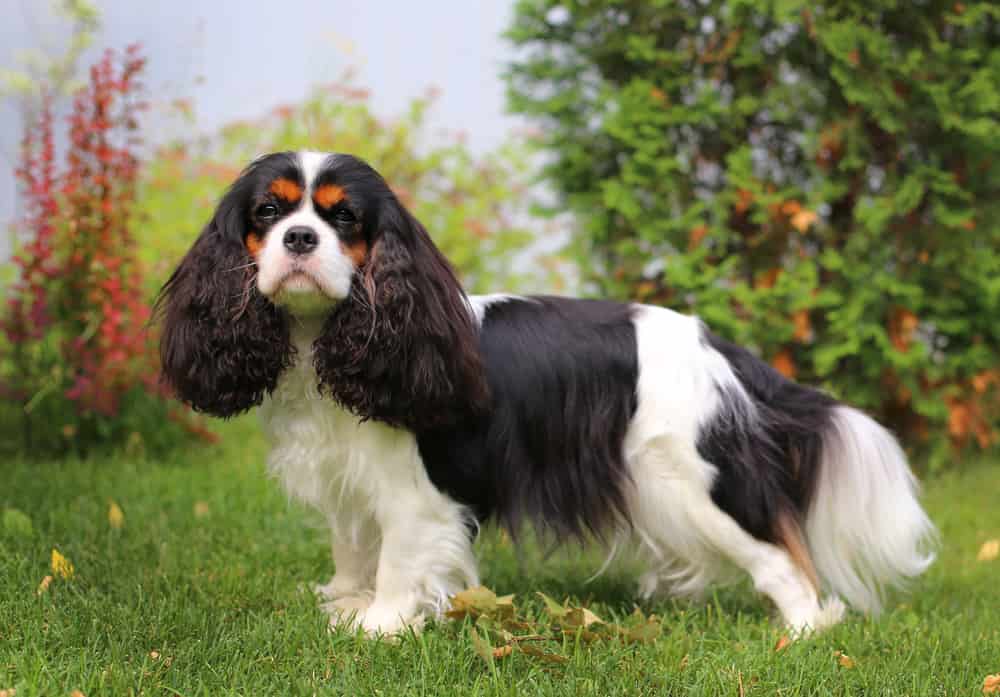
Lastly, the Tricolor variety presents a combination of black and white with tan markings, primarily found above the eyes, on the cheeks, and beneath the tail.
Teacup Cavalier King Charles Spaniels
Teacup Cavalier King Charles Spaniels are a smaller variation of the regular breed, with adult Teacups typically weighing less than 13 pounds and standing around 9 to 10 inches in height.
So they are a lot bigger than a teacup. Some of the images in this post are AI images created by a computer. I haven’t stuffed a Cavvy in a teapot; I’m not a monster.
These miniature versions share the same friendly personality, elegant appearance, and silky coat as their standard-sized counterparts.
Despite their smaller size, Teacup Cavaliers still display the same four coat color combinations: Black and Tan, Ruby, Blenheim, and Tricolor.
Teacup Controversies and Health Issues
Teacup Cavalier King Charles Spaniels are controversial due to several health issues associated with intentionally breeding these smaller dogs.
The term “teacup” implies that the dog has been selectively bred to be significantly smaller than the standard size for the breed, often resulting from the amplification or introduction of a dwarfism gene.
Dwarfism in dogs can lead to several health problems. Some of the most common issues associated with teacup Cavalier King Charles Spaniels include patella luxation, progressive retinal atrophy, seizures, and heart complications.
Patella luxation is where the kneecap dislocates easily, causing pain and mobility issues. Progressive retinal atrophy, a genetic disorder, can lead to blindness as the dog ages.
Teacup dogs are often prone to genetic mutations due to their small size and the breeding practices used to achieve this stature. For example, some breeders might inbreed their dogs to maintain a small size, which can increase the risk of genetic disorders.
In many cases, the dwarfism gene that leads to teacup size might also cause underdeveloped muscles or other health complications.
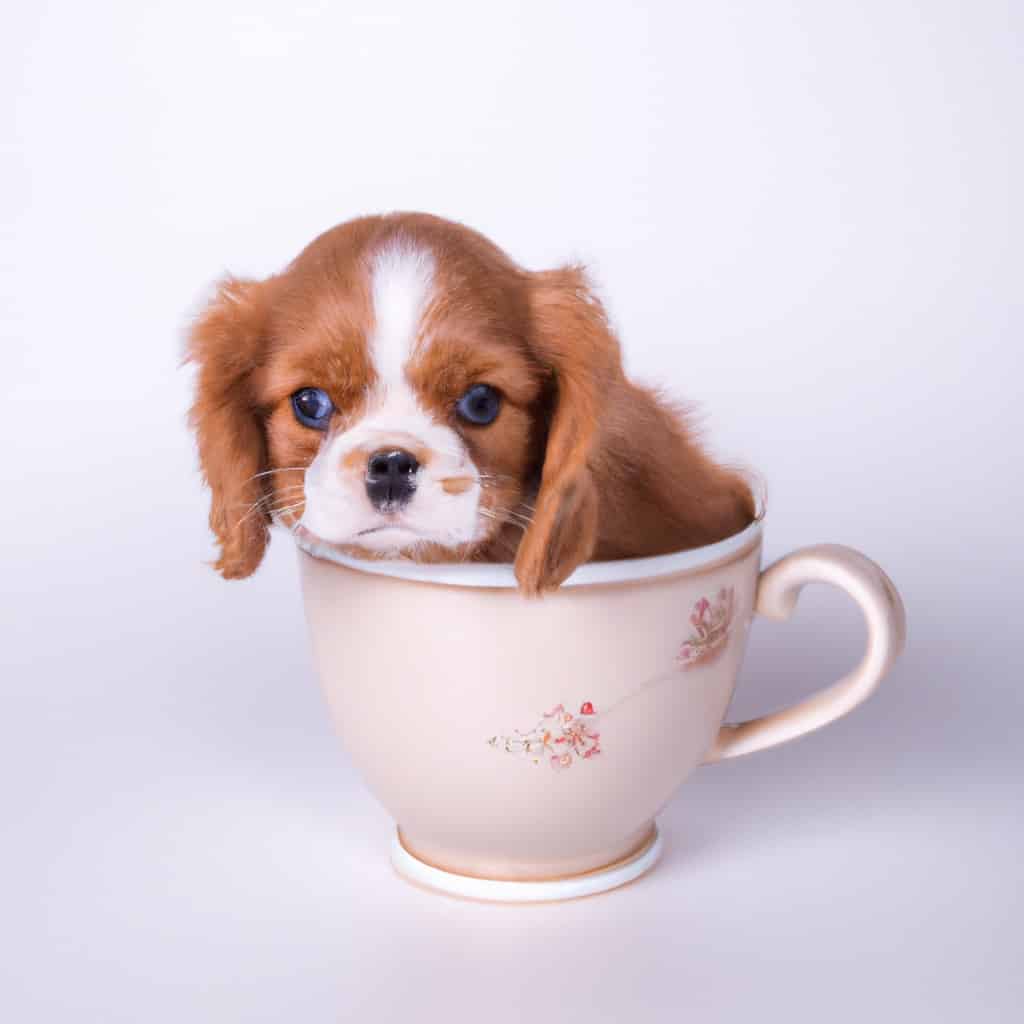
Another concern with teacup dogs is their shortened lifespan. Due to the health issues mentioned above, these small dogs may live shorter lives than their standard-sized counterparts.
In addition, stunted growth can lead to an increased risk of injury or other health complications throughout the dog’s life.
Besides physical health issues, teacup Cavalier King Charles Spaniels may also face behavioral challenges.
Separation anxiety is a behavioral issue that can be exacerbated by the dog’s small size and delicate physical condition. This anxiety can lead to destructive behavior or extreme stress, negatively affecting the dog’s health.
More on separation anxiety, our Cavalier Lady also suffers from it. She is a full-sized Cavalier. I’d say she’s larger than the majority, so this condition is not only targeted at teacup Cavaliers.
After having Lady for almost 12 years, I think my wife and I suffer separation anxiety when we are away from her, as we need constant cuddles.
Caring for Teacup Cavvy’s
Teacup Cavalier King Charles Spaniels, also known as teacup Cavvy’s, or teacup Cavs, are great companions for apartment living, lap dogs, and even therapy dogs.
When caring for a teacup Cavvy, it’s crucial to remember that their tiny size makes them more fragile than their standard-sized counterparts. As pet owners, you should be gentle when handling them and be cautious of potential hazards around the home that may harm them.
Regular grooming is essential to maintain their beautiful appearance, with particular attention paid to their long, silky coat and floppy ears.
Nutrition is an important aspect of caring for a teacup Cav and should be tailored to their size and activity level.
Provide them with a balanced diet for small breed dogs and monitor their caloric intake to prevent obesity. Fresh water should be constantly available to keep them hydrated. Speaking to a dog nutritional expert may be beneficial as these dogs are much smaller than the traditional breed.
As with all dogs, teacup Cavaliers benefit from positive reinforcement during training and socialization.
This method promotes a trusting relationship between the pet and owner while reinforcing good behavior. Due to their intelligence and eagerness to please, teacup Cavs often excel in training and adapt well to their environment.
Teacup Cavvy Health
Regular exercise is essential for maintaining a teacup cavy’s health and happiness. Because of their small size, they do not require extensive exercise, making them suitable for apartment living.
Short walks, supervised outdoor play, and interactive indoor games can provide these little pets with adequate physical activity and mental stimulation.
Like all pets, teacup cavies require regular vet checkups for vaccinations, dental care, and monitoring for any health issues. Familiarize yourself with the common health concerns of this breed, such as heart issues, hip dysplasia, and patellar luxation.
Early detection and intervention can ensure your teacup Cavvy’s long, healthy life.
Potential Teacup Mixes
Poodles, especially Toy or Miniature Poodles, are popular for creating a teacup Cavalier mix.
When a Poodle is crossed with a Cavalier, the resulting offspring is called a “Cavapoo.” This mix can inherit the small size of the Poodle parent along with the friendly and affectionate nature of the Cavalier.
While the exact size of a Cavapoo may vary, those with a Toy or Miniature Poodle parent are likely to be closer to the desired “teacup” size.
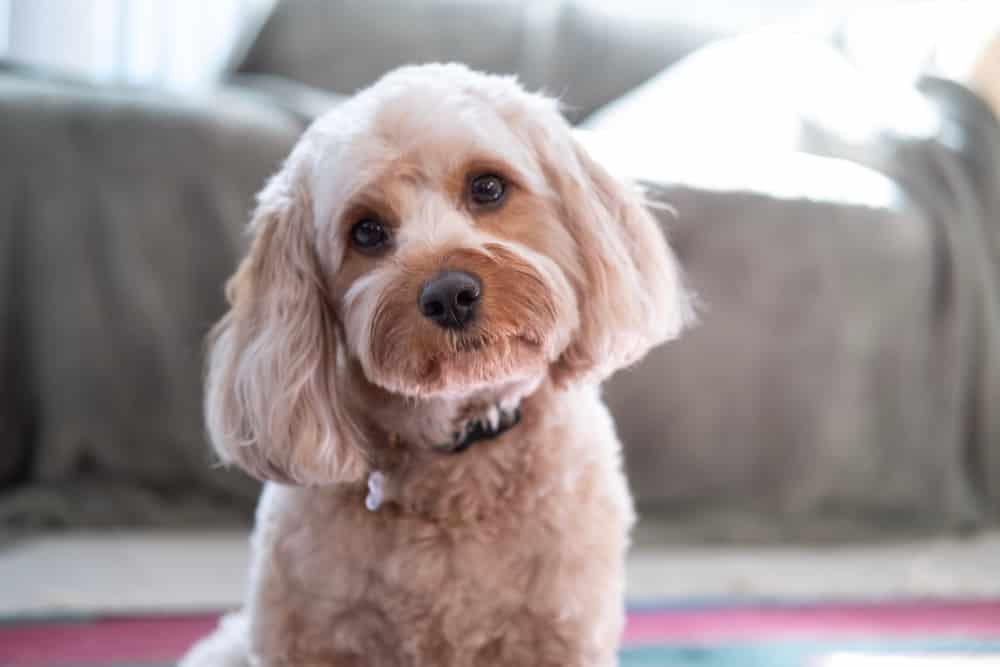
Another popular mix involves crossing a Cavalier King Charles Spaniel with a Chihuahua. The offspring of this mix, often called “Cava-Chi,” may inherit traits from both parent breeds, resulting in a small-sized dog with the appearance and temperament of a Cavalier.
It’s important to note that using smaller or “runt” Cavaliers in breeding can lead to potential health issues.
Runts often have weaker immune systems and may be more prone to illness and injury. So be cautious of unscrupulous breeders that select breeding pairs for their size and prioritize that over the health and well-being of the dogs involved.
